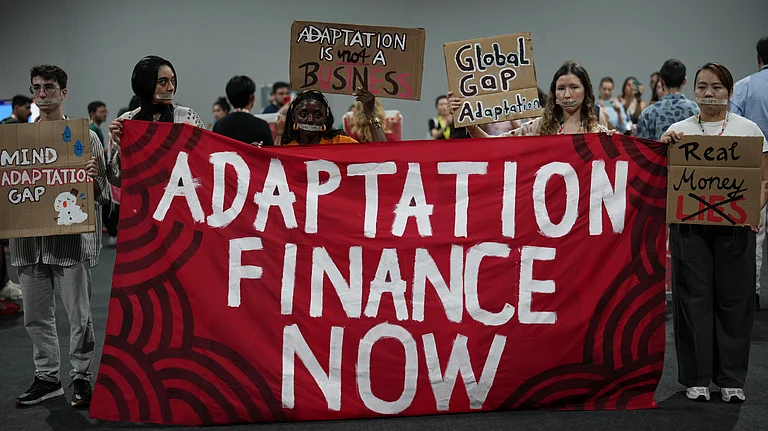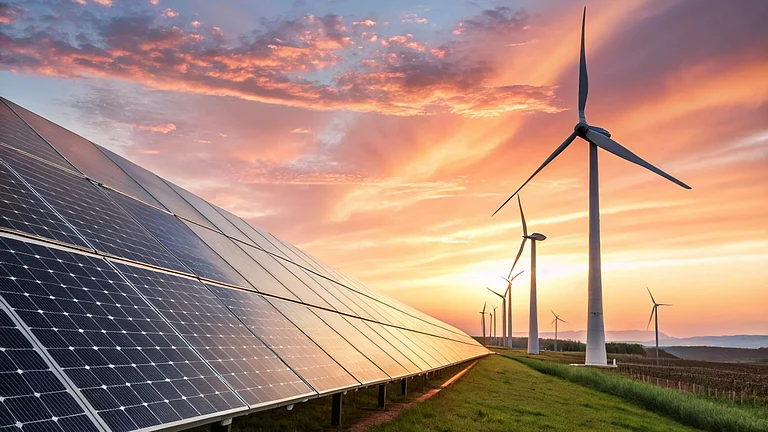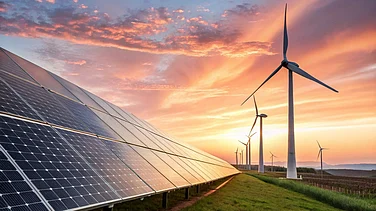
Methane emissions still rising, projected 5% increase by 2030, distancing global goals.
Current action plans could deliver 8% cut; 30% goal needs full, rapid implementation.
Ready, cost-effective solutions prevent premature deaths and protect 19 Mt of crops.
While considerable progress has been made since the 2021 inception of the Global Methane Pledge (GMP), significant action is still required to meet global climate goals, revealed a Global Methane Status Report (GMSR), launched on November 17 on the sidelines of COP30.
The report, produced by the UN Environment Programme (UNEP) and the Climate and Clean Air Coalition (CCAC), provides a comprehensive assessment of efforts to cut methane, a potent greenhouse gas responsible for nearly a third of current warming.
According to the report, global anthropogenic emissions of methane reached approximately 352 million tonnes (Mt) per year in 2020 and, under current legislation, are projected to continue rising, reaching 369 Mt per year in 2030, 5% above 2020. This would distance the world away from its agreed goal of reducing methane emissions at least 30% below 2020 levels by 2030.
The findings show that global methane emissions are still increasing, but the outlook is improving. Projected 2030 emissions under current legislation are already lower than earlier forecasts, thanks partly to new waste regulations in Europe and North America and slower growth in natural gas markets between 2020 and 2024. If fully implemented, nationally submitted Methane Action Plans and Nationally Determined Contributions (NDCs) could translate into an 8% reduction below 2020 levels by 2030, marking potentially the largest and most sustained decline in history.
However, ministers attending the Global Methane Pledge Ministerial stressed that the target of a 30% cut from 2020 levels by 2030 requires rapid, decisive action. Only the full-scale implementation of proven and available control measures, such as leak detection and repair in the energy sector, will close this gap.
In addition, the report noted that solutions are ready and cost-effective. Over 80% of the emissions reduction potential by 2030 can be achieved at low cost. Mitigation potential is highest in the energy sector (72%), followed by waste (18%) and agriculture (10%). Furthermore, full implementation could prevent over 180,000 premature deaths and 19 million tonnes of crop losses annually by 2030.
Inger Andersen, Executive Director of UNEP, emphasised in the news release that reducing methane is "one of the most immediate and effective steps we can take to slow the climate crisis while protecting human health". Ministers urged rapid scale-up of technologies and partnerships, emphasising the need for increased transparency on ambition and action to track progress toward a healthier future.
Julie Dabrusin, Canada’s Minister of Environment and Climate Change and Co-Convener of the Global Methane Pledge, added in the news release, “This report is a crucial assessment of our progress and a key indicator of the work that’s required to meet the Global Methane Pledge goal. In just four years, we have made improvements, but we must continue to drive faster, deeper methane cuts. Every tonne reduced brings us closer to cleaner air, more resilient communities, and a thriving global economy. It is important for all countries that have agreed to the Global Methane Pledge to continue to work closely together to drive momentum on methane mitigation, turning ambition into tangible benefits for the planet.”




























